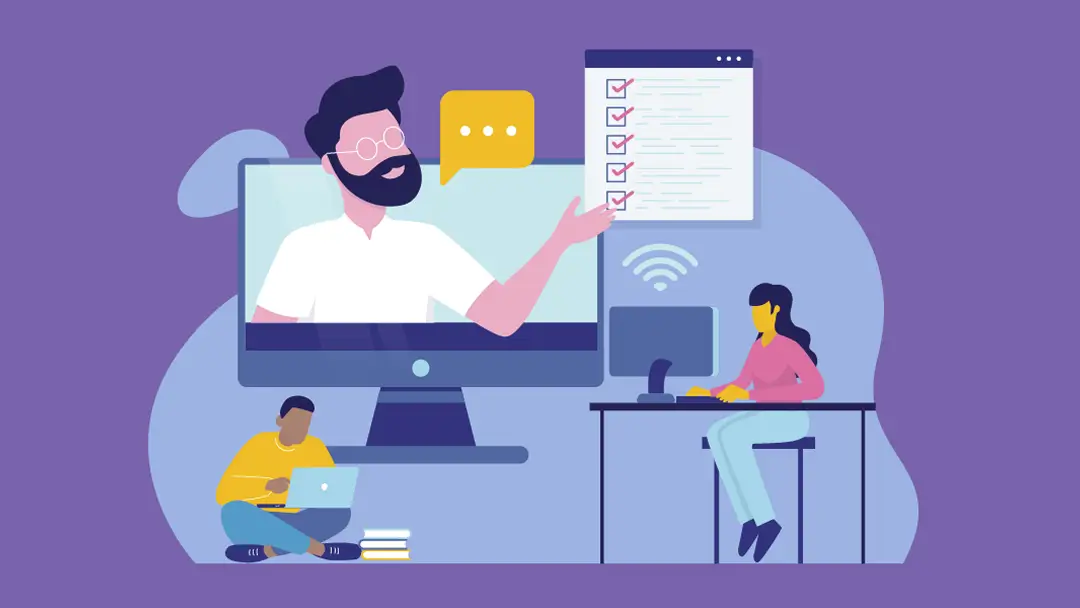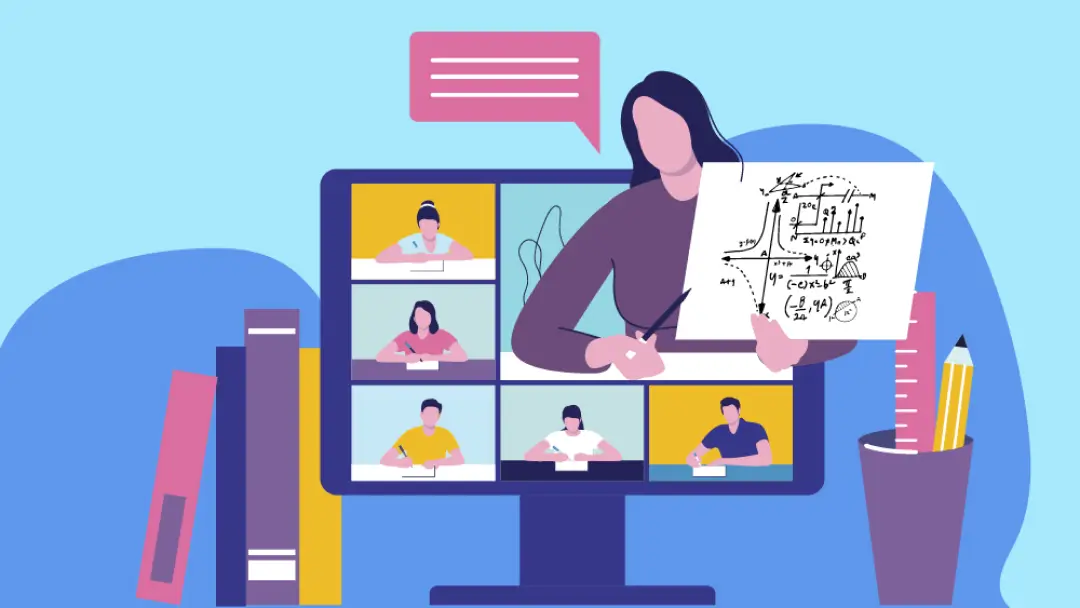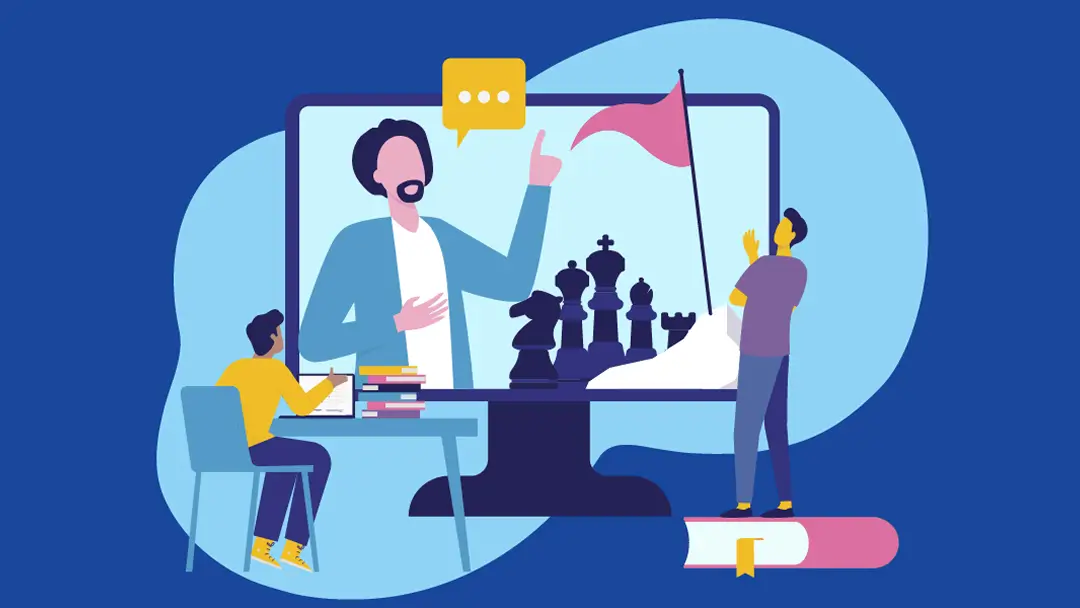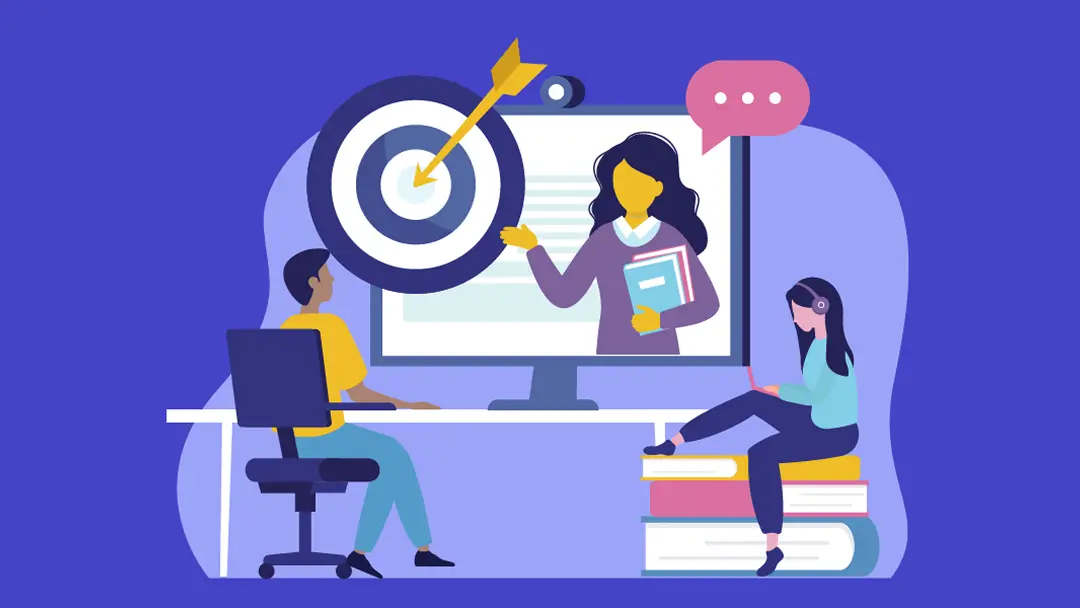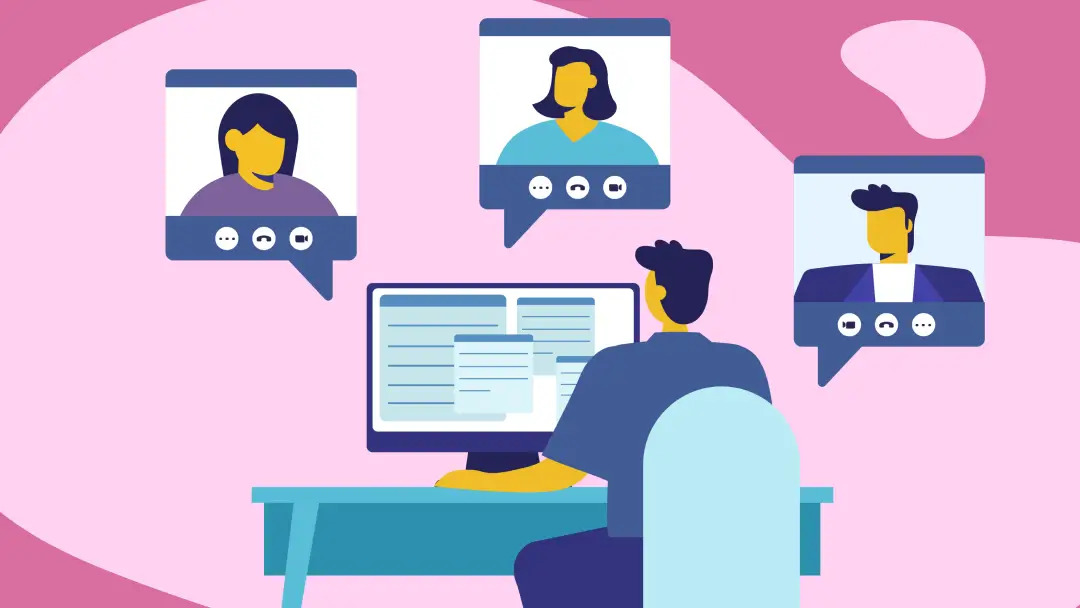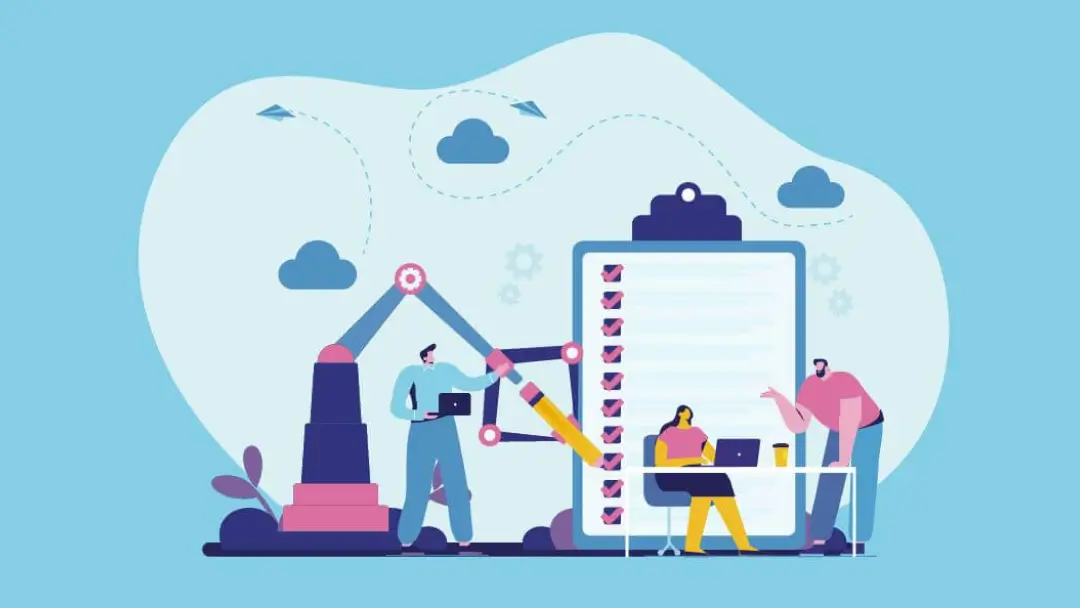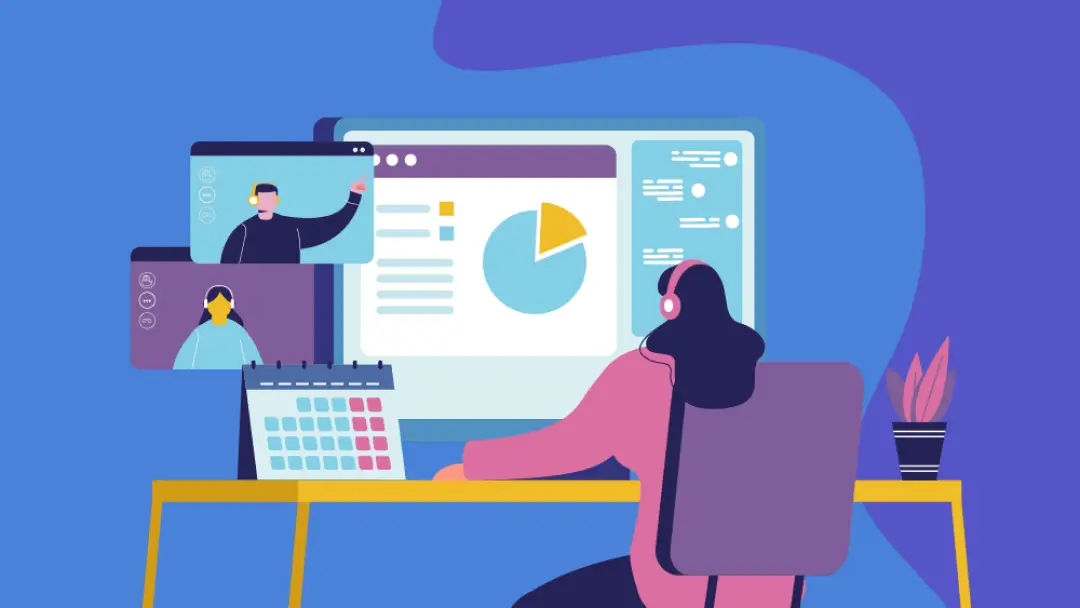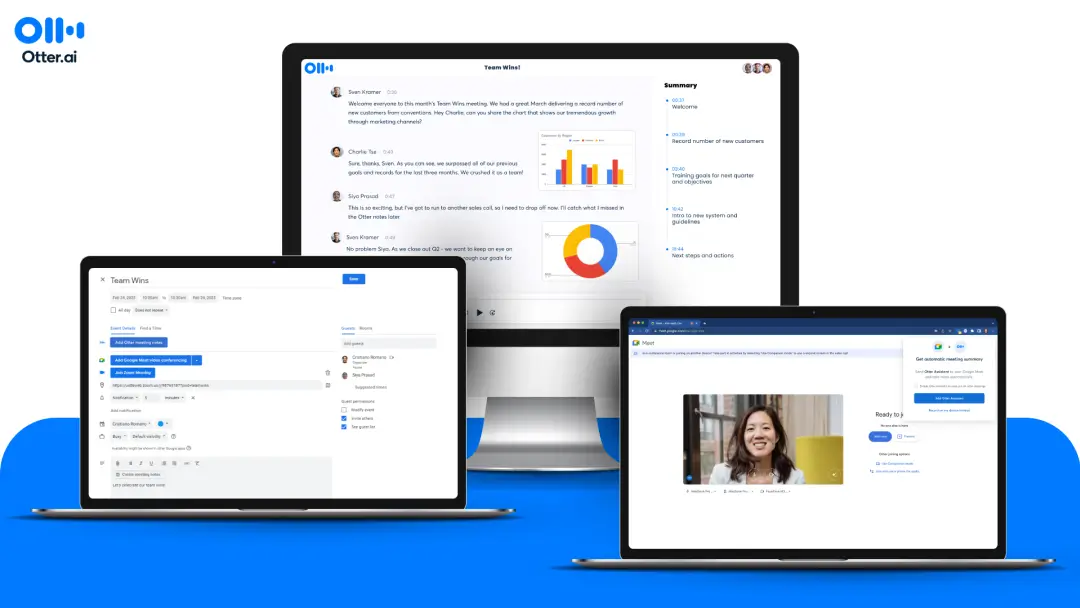5 Successful Online Learning Strategies & Tips for 2025
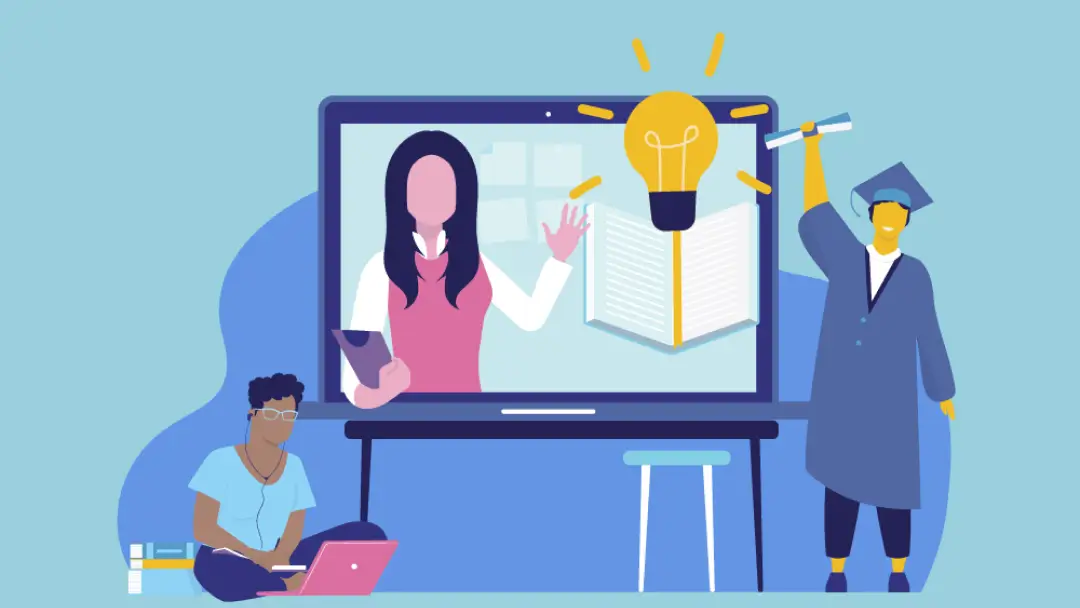
The need for effective online learning strategies has never been greater. As more students transition to online education, both online teachers and students will need to develop skills to match their new, virtual learning environment.
Fortunately, there are a few things that you can do before and during your online classes to ensure that you have a successful online learning experience. So, let’s take a look at 5 online learning strategies and tips for successful students:
Evaluate Your Learning Style
As you learn and grow, you start to see what kind of methods do and don’t help you learn. The truth is that everyone’s learning style is unique. That said, there are four general learning styles that apply to most students: visual, auditory, reading/writing, and kinesthetic.
It’s important to note that you may fall into more than one category. In fact, you may even benefit from a little bit of all four categories. In any case, figuring out how you prefer to learn and how your brain absorbs information is the first step toward developing a successful online learning strategy. So, let’s take a closer look at the four different kinds of learners:
1. Visual Learners
As the name implies, visual learners get the most from lessons displayed in a visual format. Images, videos, charts, graphs, or Powerpoint presentations are all examples of “visual” learning aids.
2. Auditory Learners
Auditory learners get the most value from listening. This can be done in a variety of ways. For example, an auditory learner would likely excel in a group discussion, a lecture, or a setting in which they can read aloud. Oral instruction and online discussions often form the basis of online courses, which makes it easier for auditory learners to adjust to an online learning environment.
3. Reading/Writing Learners
Many students prefer to learn by reading and writing down notes. These students learn best by either seeing information in written form or putting it in written form (note taking). As previously mentioned, many online classes lean heavily on auditory lessons, putting reading/writing learners in a difficult position. This is why automatic class transcriptions are such a great tool for both students and teachers, as they appeal to many types of learners.
4. Kinesthetic Learners
Kinesthetic learners take in information through movement, tactile activities, and hands-on learning. You may think that this is impossible to accommodate kinesthetic learners in an online learning environment, but this is actually not the case. Many courses incorporate lessons with physical materials or devices to help include kinesthetic learners.
How to Use Otter.ai Live Transcriptions for Every Type of Learner?
As you can see, there are significant differences between the four primary types of learners. However, there’s also a great deal of overlap. For example, visual and auditory learners can both benefit from a video-based lesson, while reading/writing and kinesthetic learners can both learn from a text-based application that requires students to physically interact with their learning materials.
Fortunately, Otter Live Notes can make it easier for teachers to cater to all four learning styles. In essence, Otter Live Notes takes every word spoken during an online class and provides a live transcription. Students can edit the transcription in real time, share it with classmates who can’t attend class, and review the notes to go over any segments that they may have missed.
So, how do Otter Live Notes help all types of learners? Here’s a detailed breakdown to see how Otter.ai could benefit your learning experience:
- Visual - Otter.ai allows visual learners to engage with the visual aspects of the class. For example, if a teacher is conducting a lecture with a Powerpoint as a teaching aid, a visual learner can focus on the Powerpoint without needing to take diligent notes.
- Auditory - Much like visual learners, auditory learners may not see the immediate benefits of having live transcriptions. However, auditory learners don’t have to worry about taking notes either, giving them more time and energy to participate in class discussions, ask or answer questions, and listen to oral lectures.
- Reading/Writing - Otter.ai live transcriptions benefit reading/writing learners the most. If a class is completely auditory or visual, transcribed notes allow reading/writing learners to take in the information from written text. Additionally, they can still write down important points to remember and make edits to the transcription as needed.
- Kinesthetic - Finally, Otter Live Notes give kinesthetic learners the ability to participate in movement-based learning by providing detailed, written instructions to accompany any activity.
Make Sure You Have the Right Tools

Once you’ve identified your preferred style of learning, it’s time to get the right tools to facilitate your online studies. Regardless of how you learn, there are a few basic tools that you’ll need to get in advance of your classes:
1. Equipment
Most online classes work best with a laptop or desktop. A larger screen or monitor allows you to view video calls better and have multiple programs running at the same time. However, if you simply need a device to run Zoom or Skype videos and nothing more, you could also get by with a mobile device or tablet.
While the latter two options might work well for kinesthetic learners, it will make it more difficult to take notes or multitask. As a result, it’s best if you can have a desktop/laptop and a mobile device or tablet to download applications and participate in certain activities. Additionally, it may be beneficial to invest in a good pair of headphones with a microphone, so that you can listen and speak clearly during live study sessions.
2. Software
In most cases, your school or online instructors will supply you with any online tools that are absolutely necessary for your class. However, there are some free programs that most online courses utilize, like Zoom. Fortunately, Otter.ai works seamlessly with Zoom and Google Meet via Otter Live Notes.
3. Stable Internet
A stable internet connection is by far the most important factor for being a successful online student. Without it, you’ll likely experience audio or video delays, connectivity problems, and other technical issues when trying to attend virtual classes or complete assignments. Generally, you’ll need an Internet connection with download speeds of at least 1.5 Mbps to stay connected to a Zoom meeting.
Practice Effective Communication
A lot of the best practices for participating in an online class involve preparing in advance. So, set aside time to really understand everything you’ll need to use in your classes. This way, you won’t make errors that take away from your learning experience. However, there are also a few tips for online learning to help you practice and improve your communication skills:
- Mute your microphone when you’re not speaking, but don’t forget to unmute it when you’re ready to say something.
- It may be tempting to look at the image, but if you want to speak directly to your professor and classmates, look into your camera when speaking.
- Remember that there will sometimes be a delay in audio, so pause for a few seconds before responding to questions and remember to allow extra time for others to respond to you.
- As with traditional classrooms, you shouldn’t talk over someone else when they’re trying to speak.
- If you’re unsure when you should or can speak, don’t be afraid to raise your hand to call the teacher’s attention.
- Whether you’re speaking during a video call or communicating via text chat, always keep your conversations professional, friendly, and on-topic.
Stay Organized

Staying organized is vital for effective online learning. If you’re taking more than one class, you might need a project management application like Asana or a communication platform like Slack to stay in touch with your instructor and fellow students. Even if you don’t want to use either of these programs, make sure that you find a way to keep track of due dates, stay up-to-date on your study schedule, and be aware of any important test dates.
Everyone has their own way to stay organized and practice time management in a virtual space. However, if you’re struggling to keep track of everything, consider using free applications like Google Calendar or Wunderlist to track deadlines, set reminders, and create to-do lists.
Create a Reliable Online Environment
Finally, it’s important to study, do homework, and attend online classes in a positive learning environment. This doesn’t mean that you need to go to your local coffee shop or library to replace a traditional classroom setting. That said, you will need to ensure that you’re in a reliable place that promotes learning. So, here are a few tips to help you create your own online environment at home or anywhere you choose to study:
- Try to attend classes, do homework, and study all in the same place; this will help you associate that location with learning, which will help keep you on task.
- Keep your study area free of distractions like television, video games, or social media.
- Most importantly, make sure to attend online classes in a quiet environment; this shows respect to your teacher and fellow students, in addition to keeping you focused on the study session.
Conclusion
Learning how to be a successful online student takes time and effort. You will need to remember the online learning strategies above and put them into practice during your own studies. Fortunately, with the right tools, attitude, and understanding of your own learning style, you can become a successful online student in no time!
Do you want to learn more about the benefits of Otter.ai for successful online learning? Contact Otter.ai today for more information!




